Belgrade is one of the oldest continually inhabited cities in the world, with a history dating back to the 6th millennium BC. Belgrade Fortress within its Stari Grad principality is today the most recognizable landmark in Serbia’s capital and is a symbol of the city itself. The fortress is built on a cliff like white ridge overlooking the confluence of the Danube and Sava rivers. Belgrade’s name itself is derived from the Slavic for the city on the white ridge: Beo (white) and Grad (city).
Belgrade fortress has seen countless iterations over the past two millennia, with various empires and conquerors vying for control over this prime location bridging the Eastern and Western worlds. The first fortifications here were built by the Celts in 3BC in wood, but it was the Romans who set up the first stone fort in the 2nd century. It has since changed hands between the Byzantine Serbs, Ottoman Turks, and the Austro-Hungarians over the next 18 centuries. A portion of the original Roman wall still remains today, while the rest of the fortress has been torn down and rebuilt many times over.
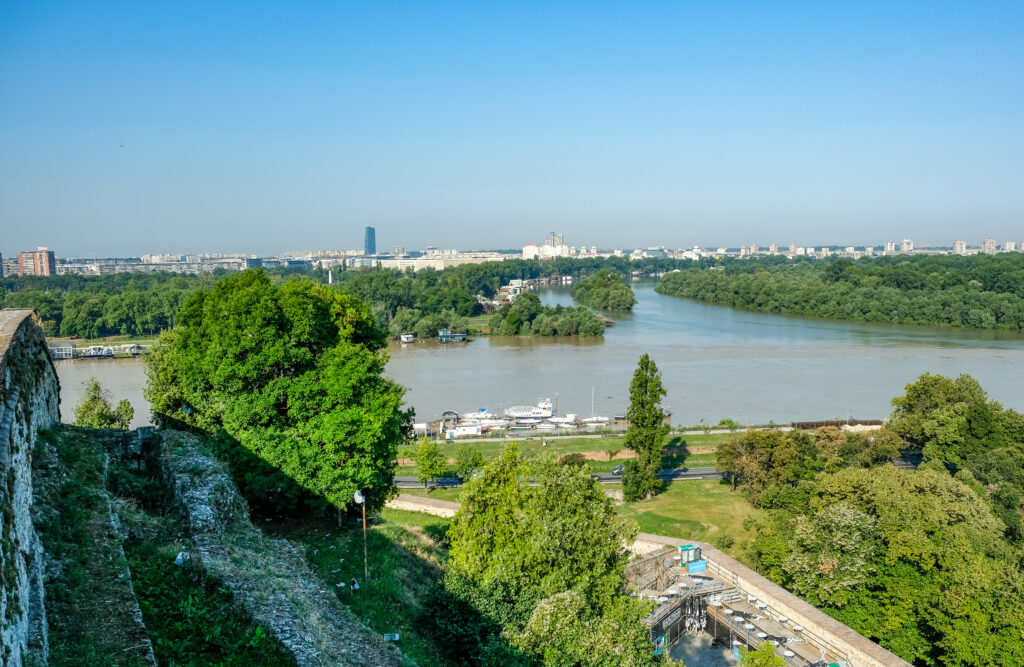
View of the Danube and Sava rivers converging
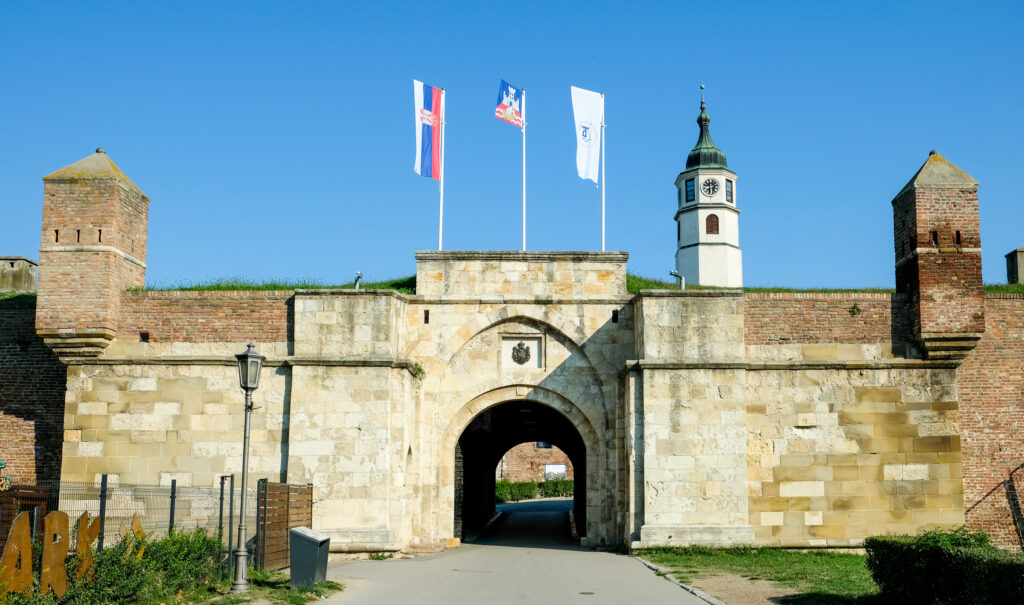
One of the entrances to the fortress
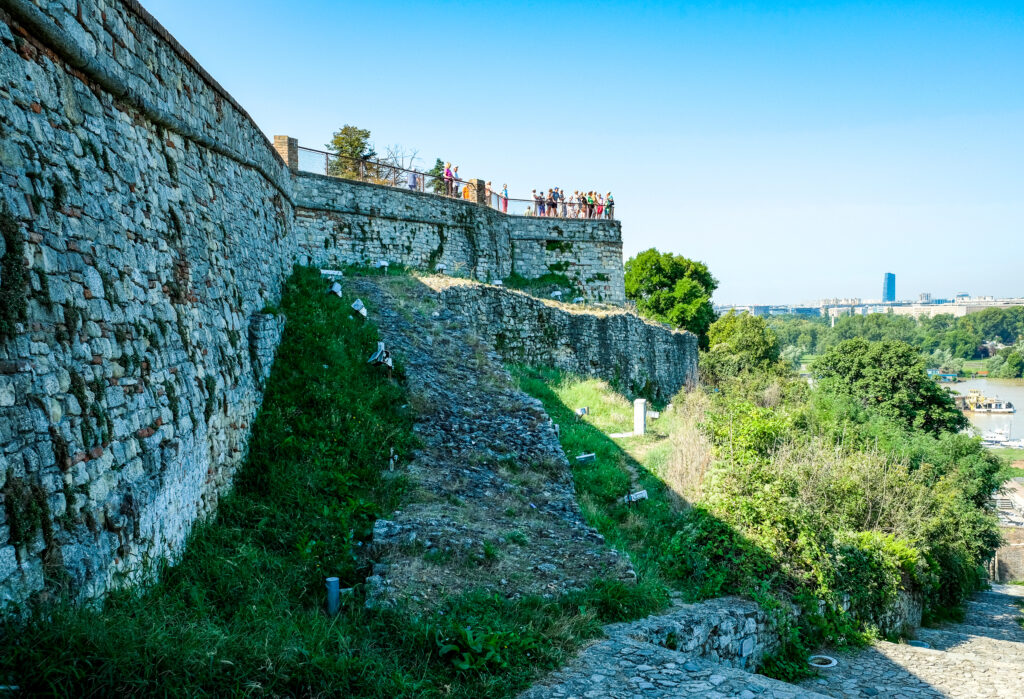
Some of the white cliff stones are visible here
While in Belgrade during my Balkans trip, I spent a half day exploring the numerous gates, towers, and armaments of the fortress in order to soak in the layers of its historical significance to Serbian heritage. I started at the Kalemegdan green park in front of the fortress, named from the Ottoman for kale (city) and meygdan (field). This field that witnessed countless battles over the centuries is now a tree lined green space with statues of various Serbian heros.
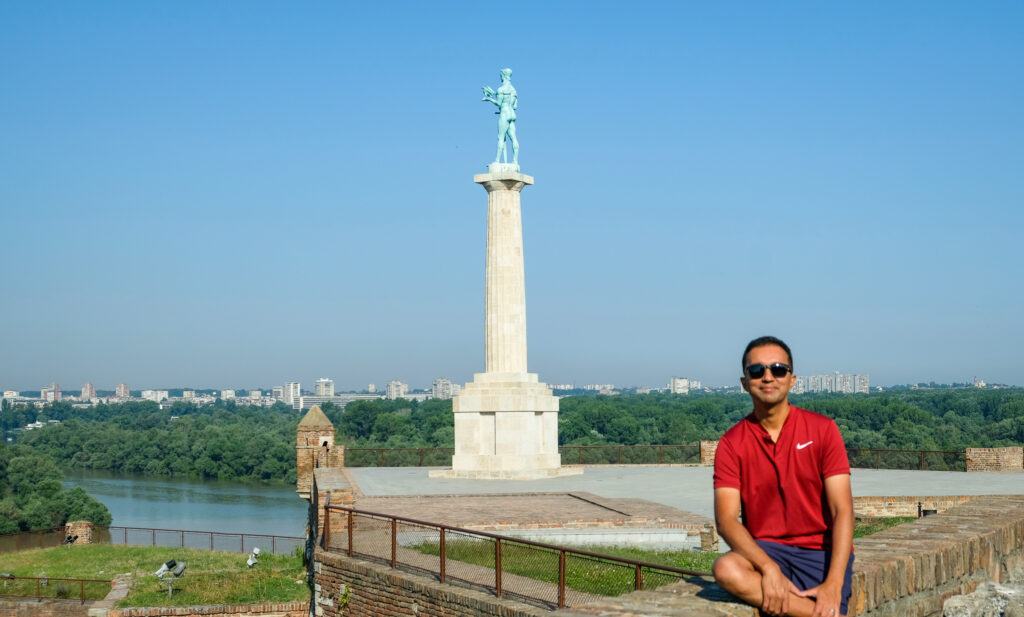
Great views over the rivers and Belgrade city
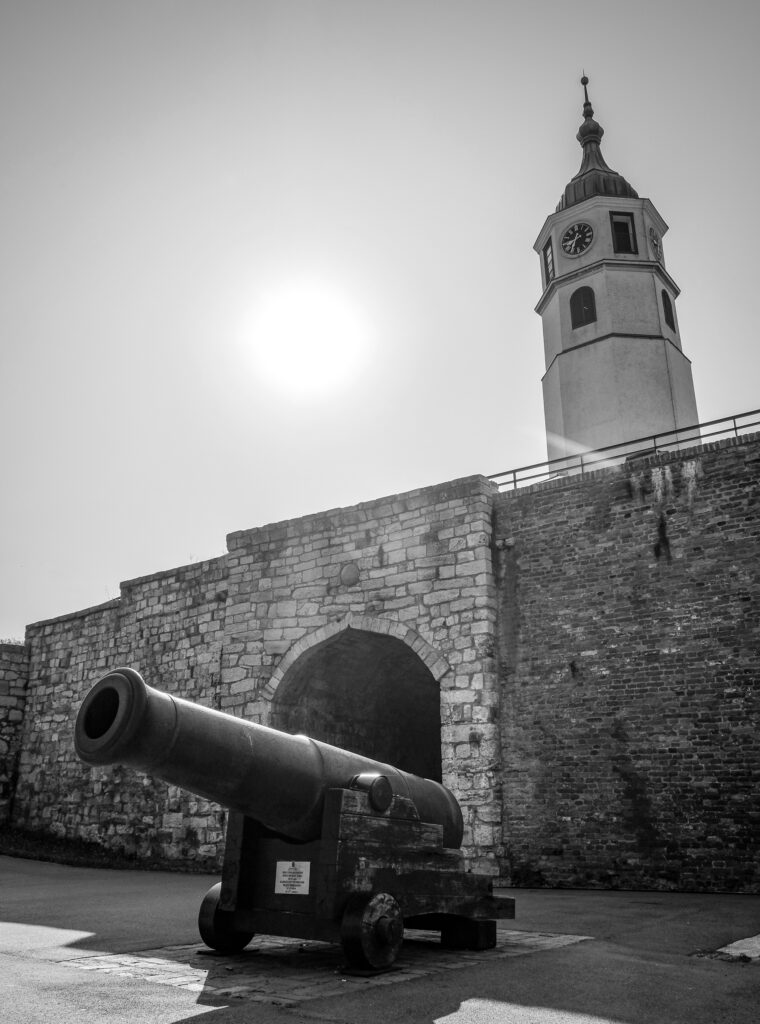
One of the remaining cannons from battles past
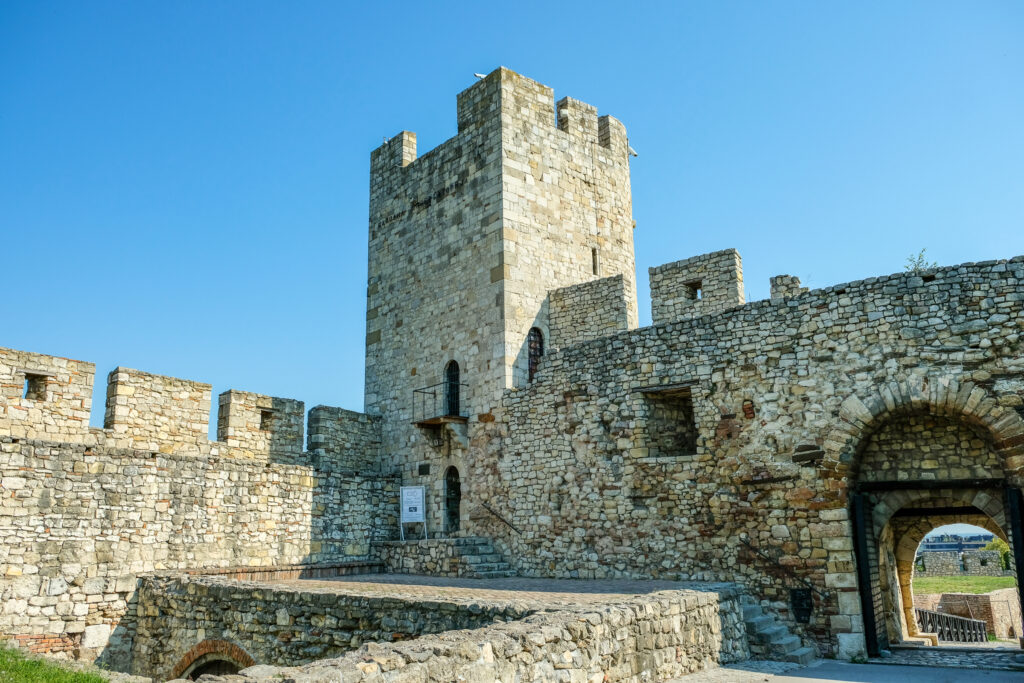
Most of the fortress is still in great condition
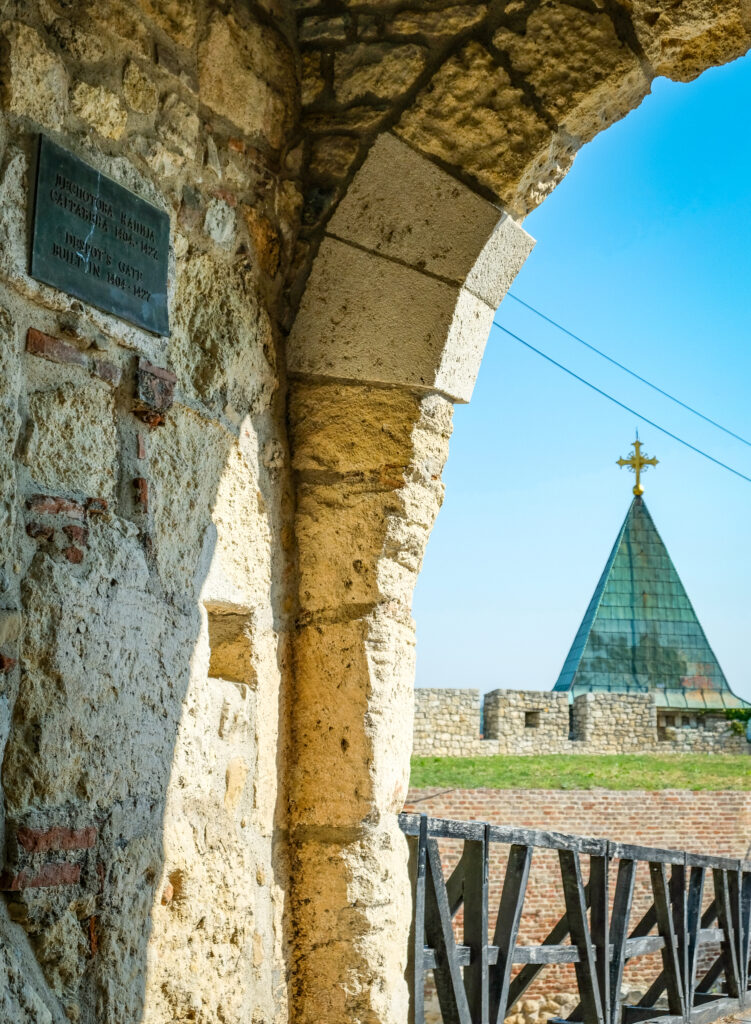
View of the nearby church
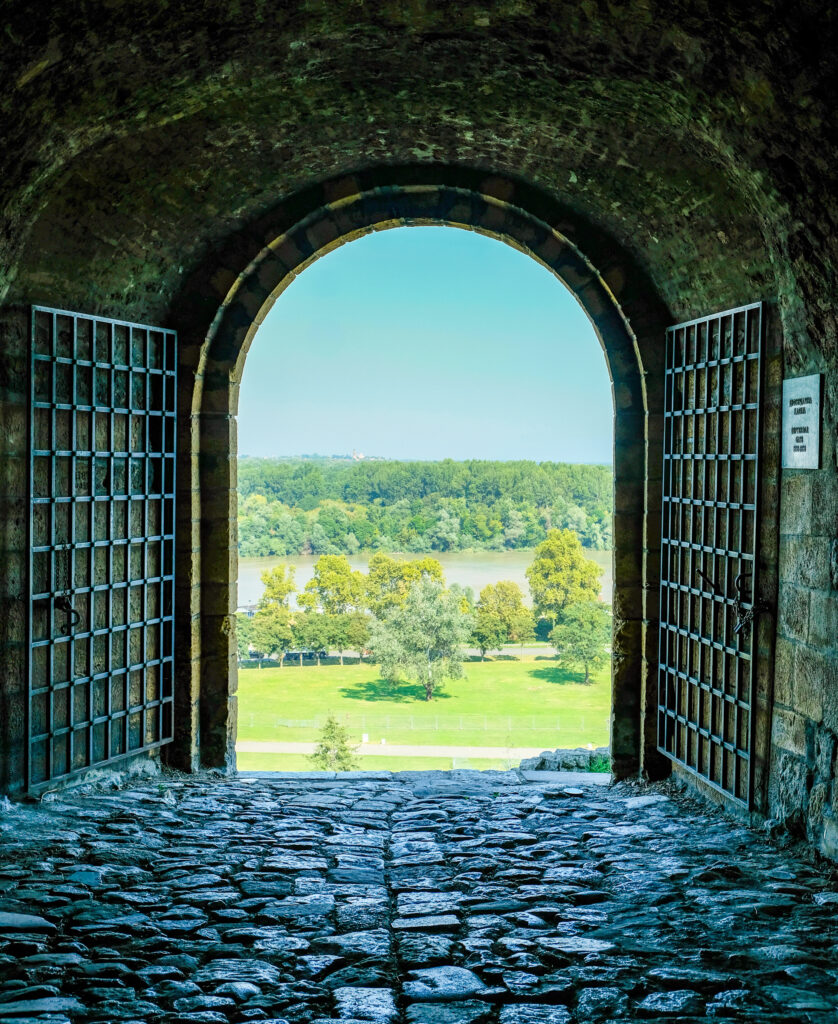
Greenery surrounds the fortress
The fortress and Kalemegdan were the scene of Serbia’s most famous victory over the Ottomans – in 1456 a coalition of Hungarian and Serbian forces defeated the army of the all conquering Ottoman Sultan Mehmed II. It was the first Christian army victory over the Turks since the fall of Constantinople in 1453, and the triumph halted the Ottoman advance into the rest of Europe for almost 70 years.
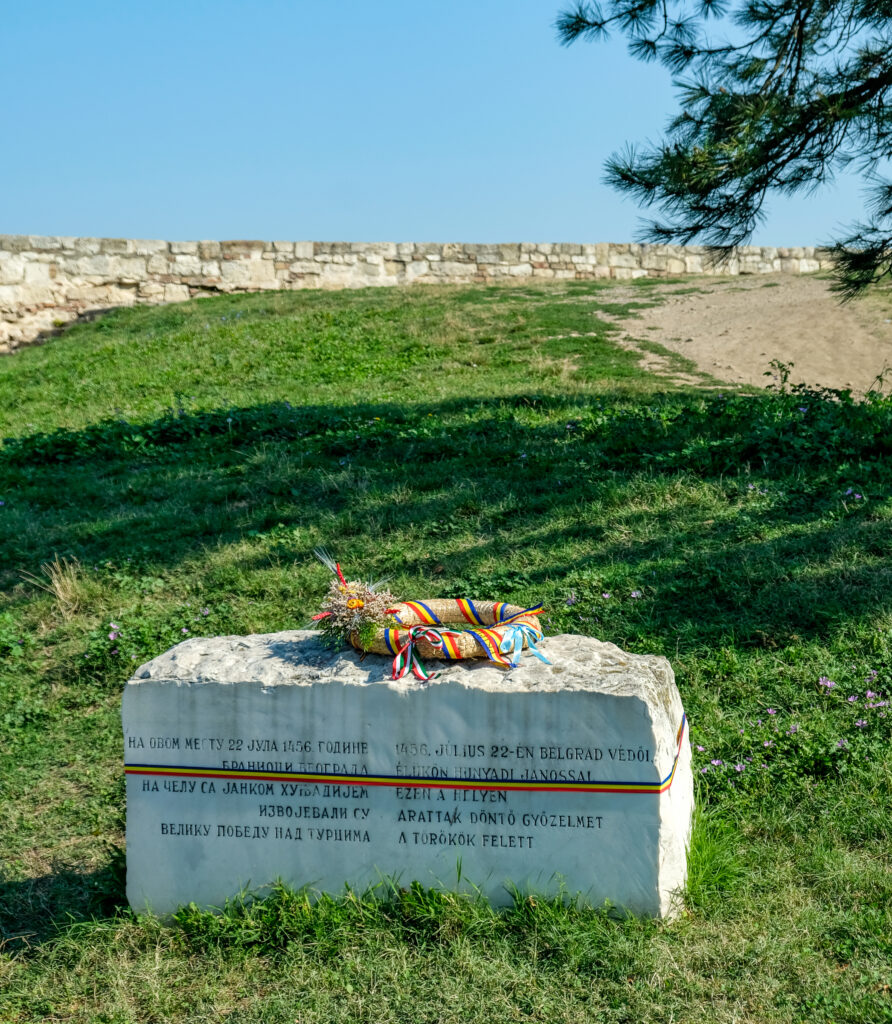
Commemorative stone celebrating the 1456 defeat over the Ottomans
The bronze statue of “The Victor” is an iconic monument commemorating later Serbian victories in the Balkan wars against the Ottomans in the 18th century, and against the Austrian-Hungarians in WW1. The statue was cast in 1913 before WW1 broke out, but only put in place in 1928. The Victor is depicted holding a sword in his right hand and a falcon in his left hand – as symbols of war and peace. It is placed at the highest point of Belgrade Fortress facing the Sava river and is an unmissable sight when visiting the city.
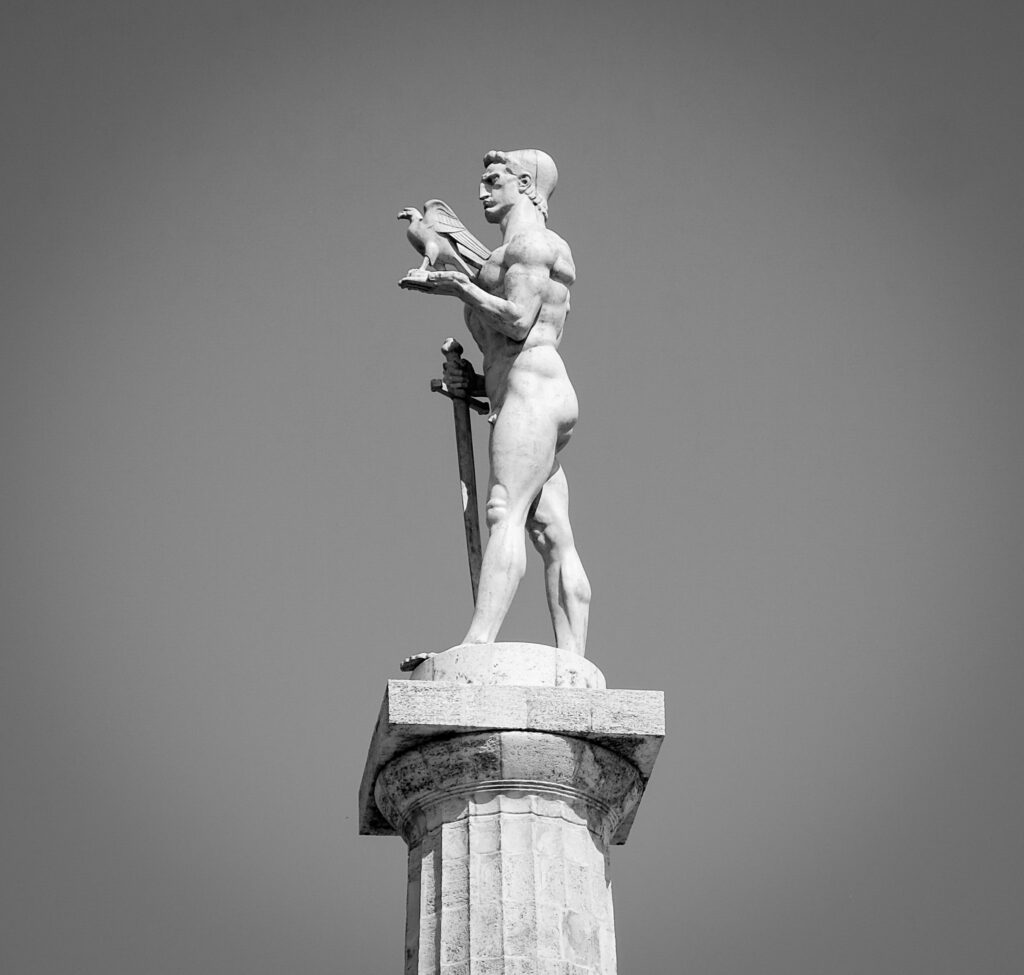
The Victor knows how to stay in shape
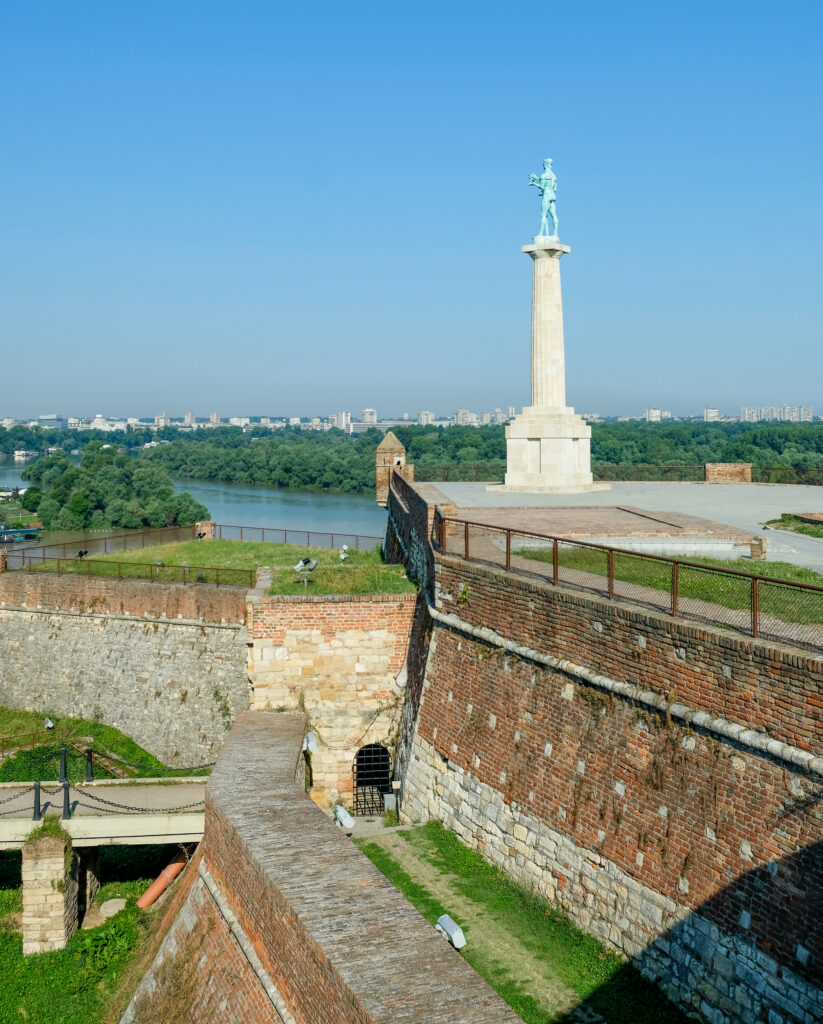
He watches over Belgrade day and night

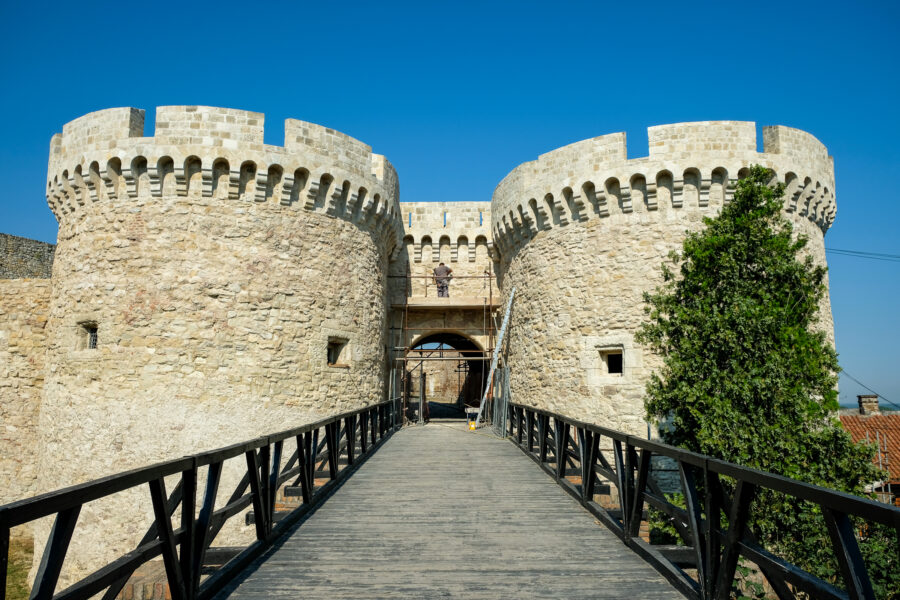
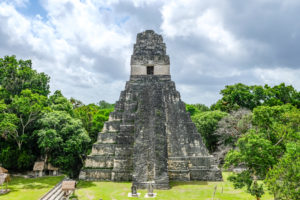
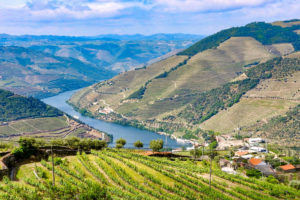
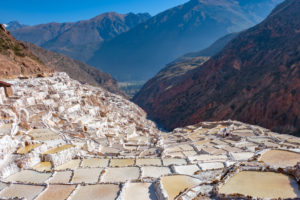




Leave a Reply
Please share your comments below!